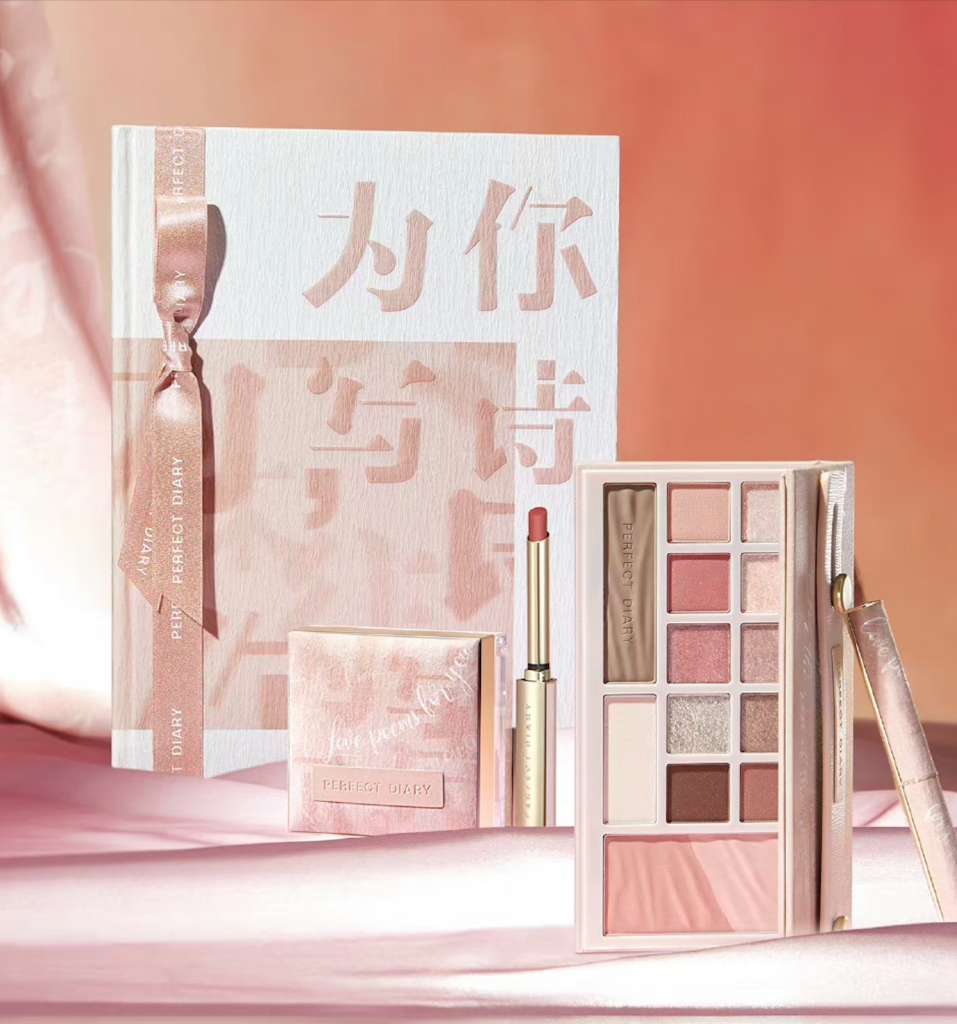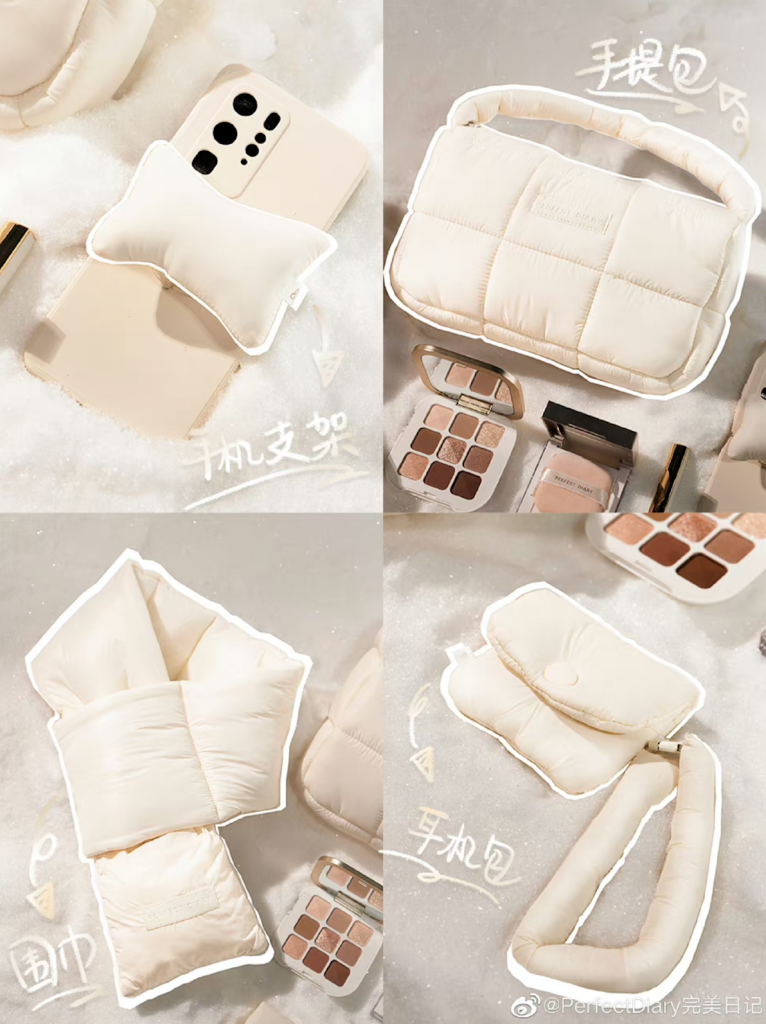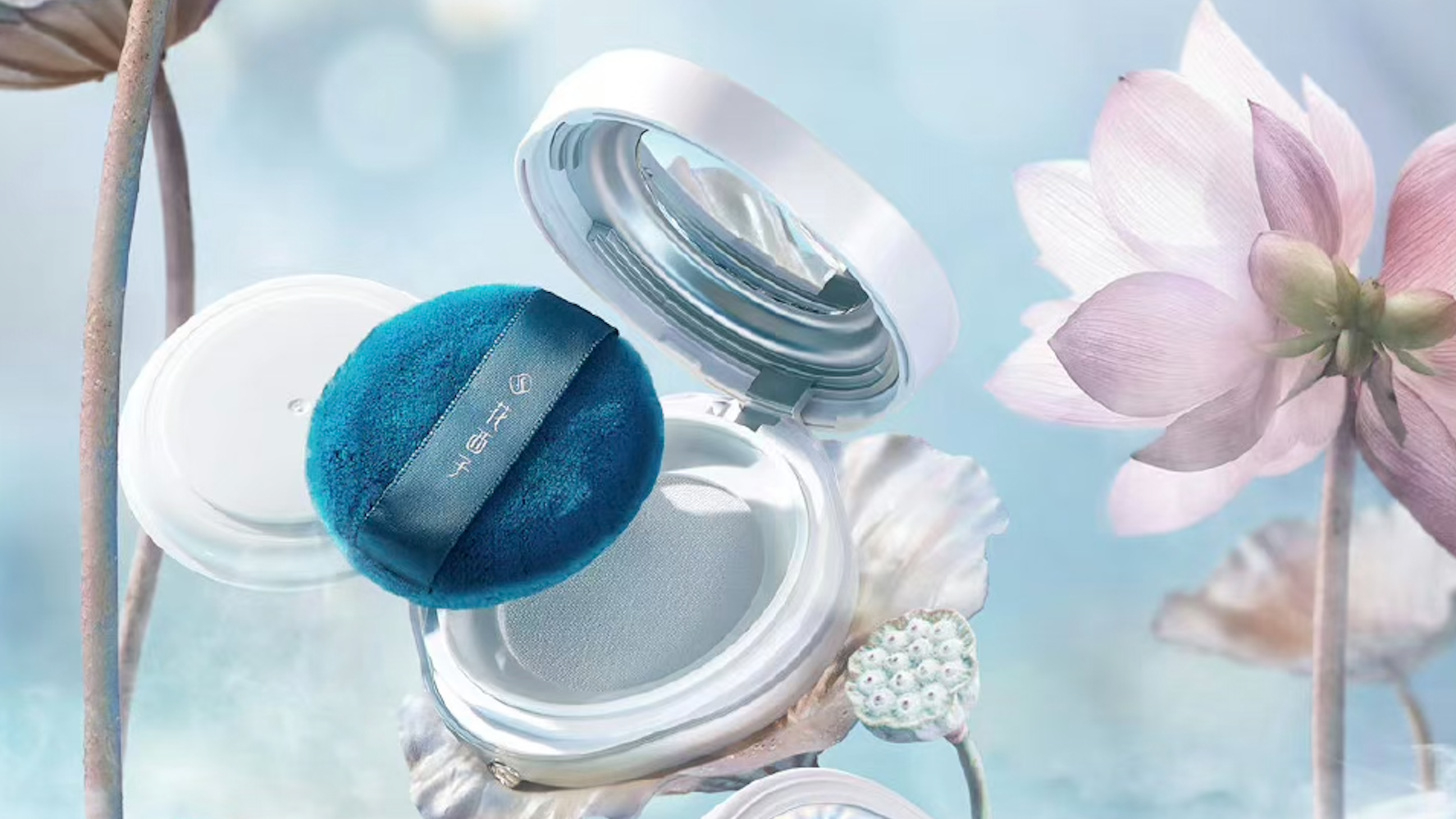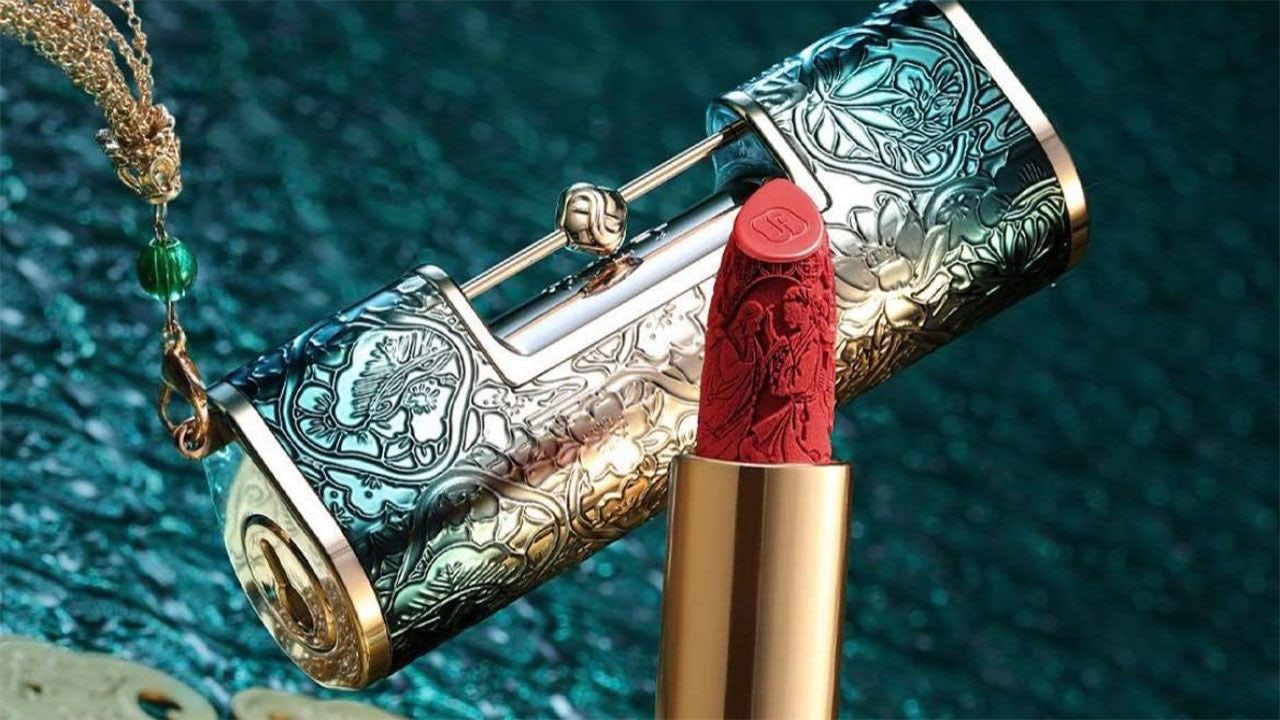Subscribe to our Jing Beauty newsletter#
here#
to get the latest news on China’s world of beauty and wellness.#
Consistent growth in overseas markets has instilled confidence in China beauty businesses to further expand internationally. China beauty exports hit 2.8 billion (20.9 billion RMB) in the first half of this year, a year-on-year increase of 32.5 percent, according to the data released by China Customs.
“There are some concerns about a slowdown in both population momentum and spending expandability of young consumers in China, two of the pillars that have been supporting beauty market growth for the past two decades,” Hwee Chung, China beauty insight director at Kantar Worldpanel says.
After years of product and business development in China, more and more C-beauty brands are confident that their products can compete in the global market, Hwee adds.
In June this year, Gabby Chen, ex-Head of Beauty at Lane Crawford who now helms Hangzhou-based cosmetics label, inspired by Chinese traditional aesthetics, Florasis’ overseas expansion, announced that in the second half of 2023, the brand would open its first counter in a high-end Japanese department store and double down on its online strategy in the US.
“Florasis believes that the competition in the Chinese beauty market has become increasingly intense, and while we have consistently secured the top spot in the makeup category across various e-commerce platforms since 2020, it is a natural phase for our brand to seek broader markets and cater to diverse consumers from different regions and ethnicities,” Chen tells Jing Daily.

Chinese make-up brand launched in 2016 Perfect Diary headed south in 2020. At the end of May 2021, it ranked first in the lip product category in Malaysia, first in color cosmetics in Singapore and Vietnam, and first for loose powder sales in the Philippines.
“Some [C-beauty brands] have probably reached a plateau period in China,” says Amber Wu, a China marketing consultant with a decade of experience in fashion, beauty, and luxury.
With China's economy slowing, C-beauty brands are looking for growth opportunities abroad. Jing Daily unpacks some key global expansion strategies below.
Creating C-beauty culture abroad, like Japanese and South Korean brands#
“Expanding abroad offers homegrown beauty players an opportunity to tap new consumer bases, from the overseas Chinese diaspora to newer consumers from other demographics,” says Elisa Harca, CEO and founder of Chinese marketing agency RedAnt Asia.
But how can C-beauty win global consumer mindshare? Compared to J-beauty and K-beauty labels, which enjoy a solid reputation in Western markets, C-beauty players still need to build awareness. For instance, K-drama and K-pop influence catapulted K-beauty’s complex routines worldwide.
“C-beauty doesn’t have a global halo for being something desirable,” says Harca.
Native beauty brands are praised more for their novelty and Chinese traditional aesthetics, but this image alone is not enough to support sustainable growth.

“For C-beauty brands to succeed in the global market, they need to actively leverage a unique brand image and design to trigger consumers’ curiosity and interest, and hook them with enhanced product quality, performance superiority, and new ingredients and technology,” says Kantar Worldpanel’s Chung.
Chinese traditional medicine (TCM) beauty practices, such as guasha (rubbing skin with a stone tool), have become highly regarded by many consumers in the West. So, Harca believes a consumer base is already aware that China offers abundant health and wellness-related options.
Domestic brands, like Florasis, could leverage existing Chinese traditional medicine concepts to educate global consumers and present their products to shoppers as exciting options.
“Providing information about traditional Chinese beauty secrets, the use of traditional herbal ingredients, and sharing stories related to products and brands can increase consumer recognition and curiosity,” says Chen.
Responding to different psychographic needs#
Through its cross-border e-commerce sites and channels, Florasis products have been sold in over 100 countries and regions worldwide. Nonetheless, while maintaining its brand DNA, Florasis’ Chen recognizes the importance of an overseas localization strategy.
“C-beauty brands need to understand the local market’s cultural perception of beauty and tailor their products and marketing strategies accordingly. Adapting to the local cultural context and addressing consumer preferences relating to formulation, packaging, and marketing messages are essential for gaining acceptance,” Chen says.
For instance, Chinese heritage stories and excessive packaging would likely resonate poorly in the US. Instead, American and European consumers would pay more attention to clean beauty, sustainability, and inclusivity, adds Wu.
In 2022, the US clean beauty market size was 6.3 billion (46 billion RMB), while China’s was only one-third its size.

Challenges ahead#
A notable hurdle is China and the US’ tense relationship, which is putting pressure on domestic brands. Thus, Harca suggests not emphasizing brands’ Chinese origins, and focusing on the excellence of products and distribution network.
Wu warns that C-beauty will also likely face product quality and trust issues in overseas markets.
“So, it’s important to have a transparent message throughout their communications with consumers,” she says.
Each market has unique regulatory requirements and standards for beauty products. C-beauty brands expanding abroad must navigate these regulations, obtain the necessary certifications, and ensure safety and labeling requirements compliance. This would involve significant investment in research, testing, and regulatory compliance.
“Local partners or collaborators can provide valuable support in navigating the market entry process, including understanding legal and regulatory requirements, handling logistics, and establishing relationships with retailers and distributors,” says Chen. This support can significantly ease the entry barriers for Chinese brands.
Branching out abroad is a rite of passage for any Chinese company that has global ambitions. This process would elevate their prestige and authenticity on a broader scale.
“This recognition bolsters their appeal, not only in the markets they enter, but also within their home country. It’s a source of pride to see ‘China’ brands being revered in other markets,” says Harca.


